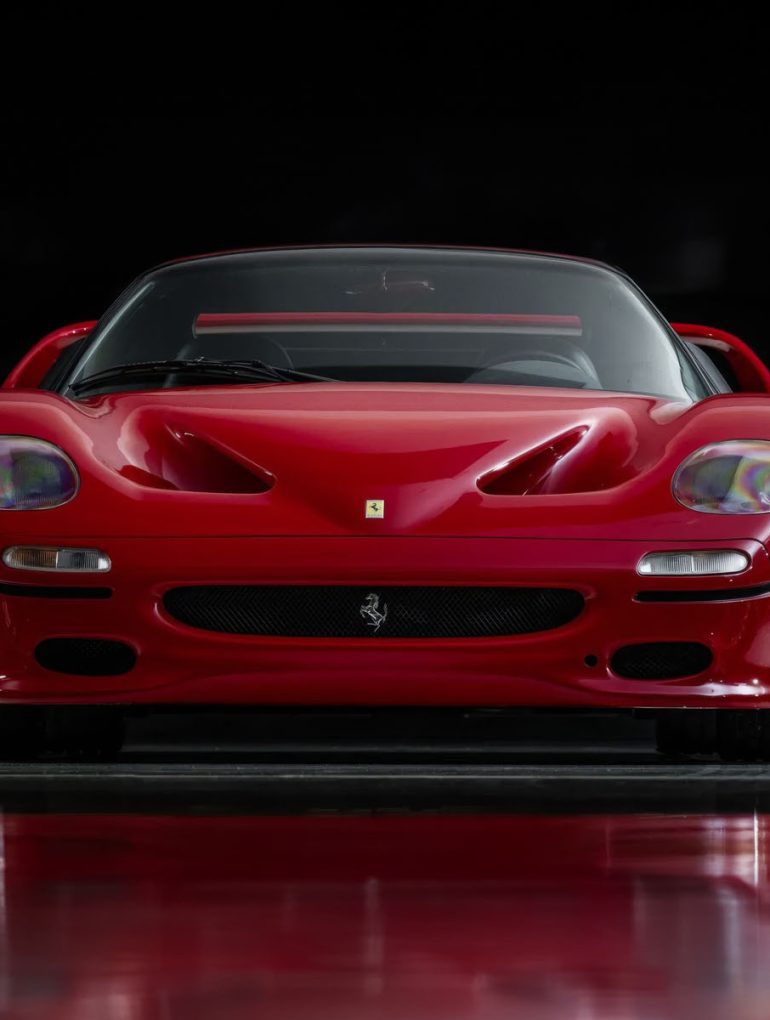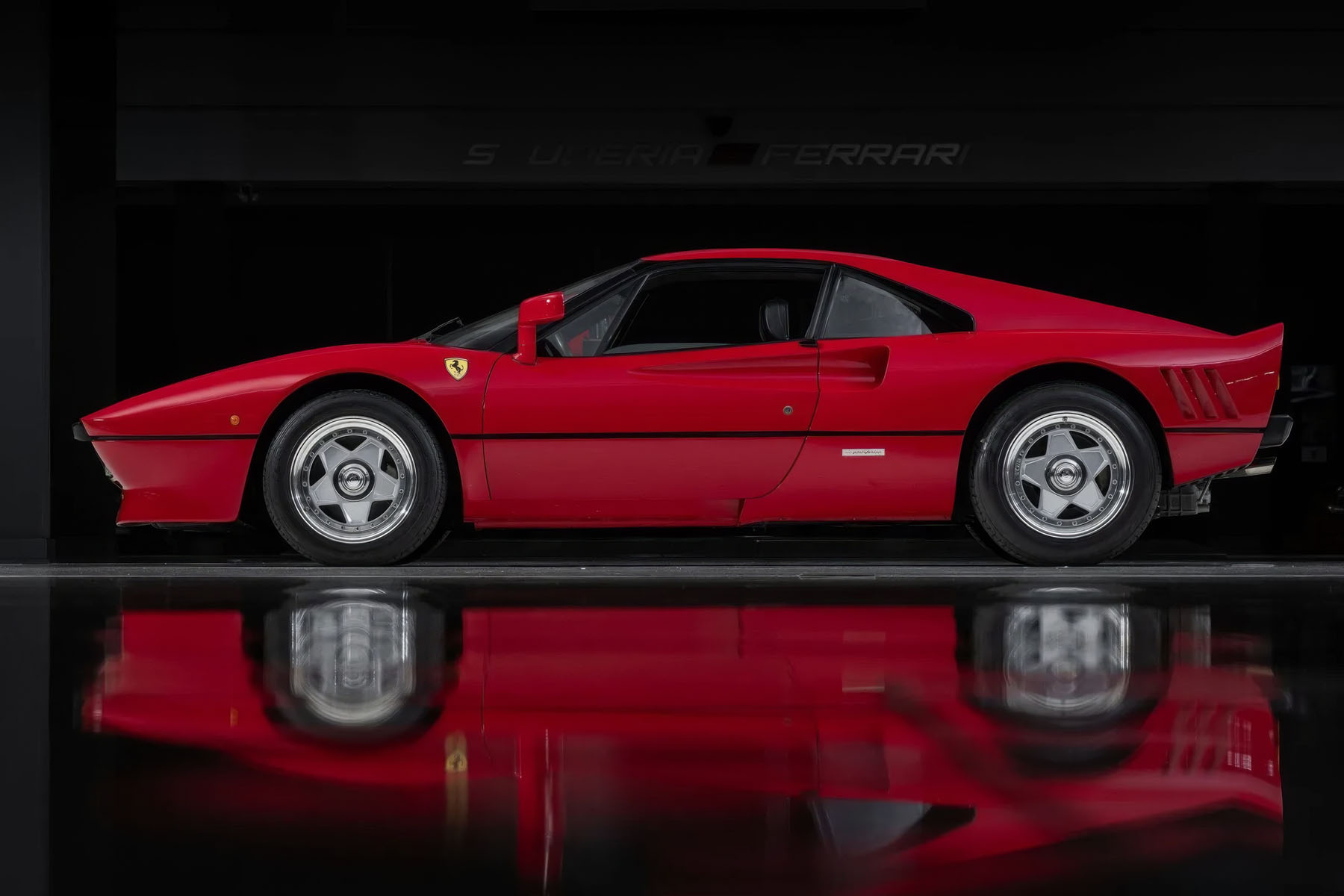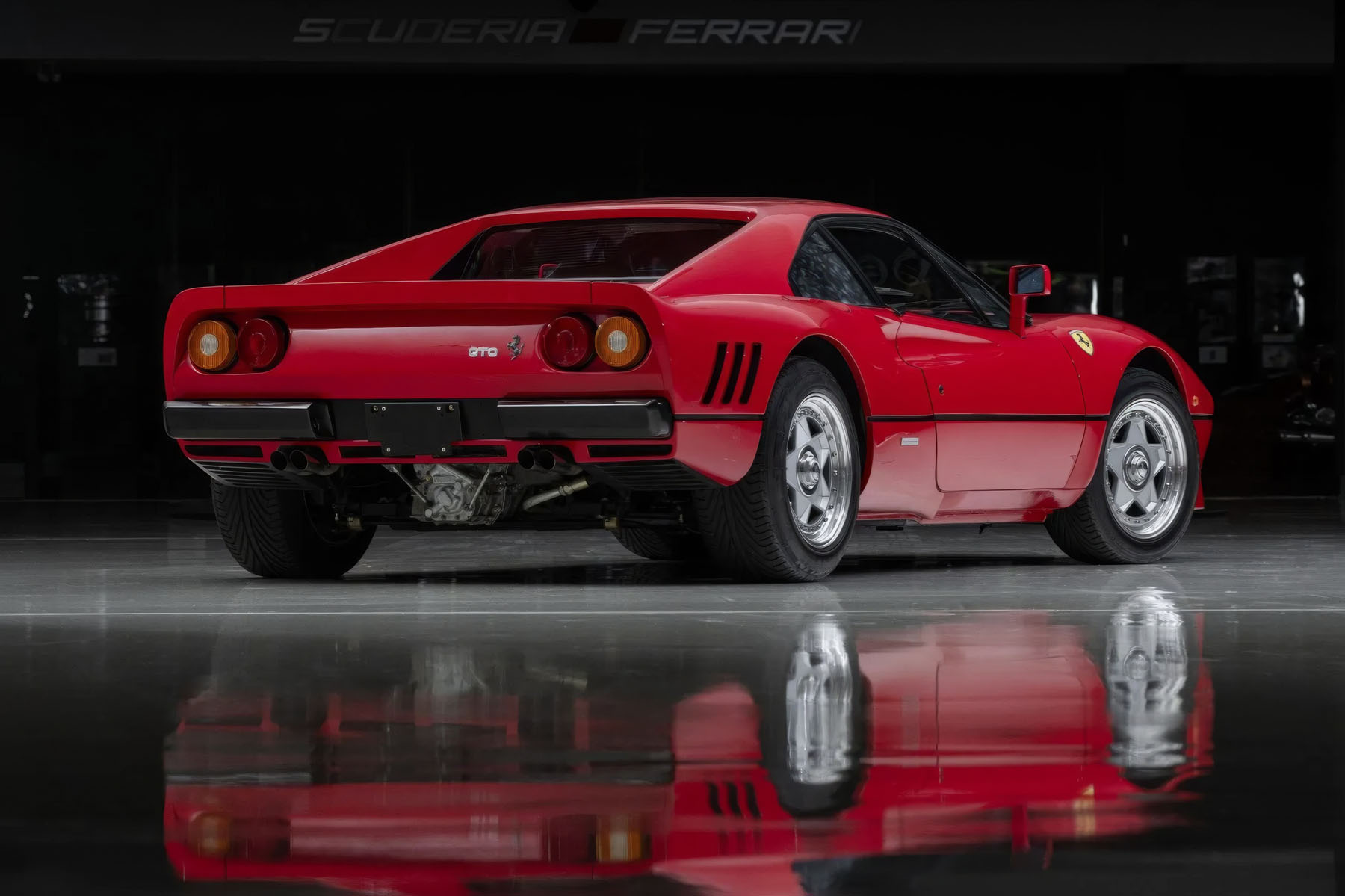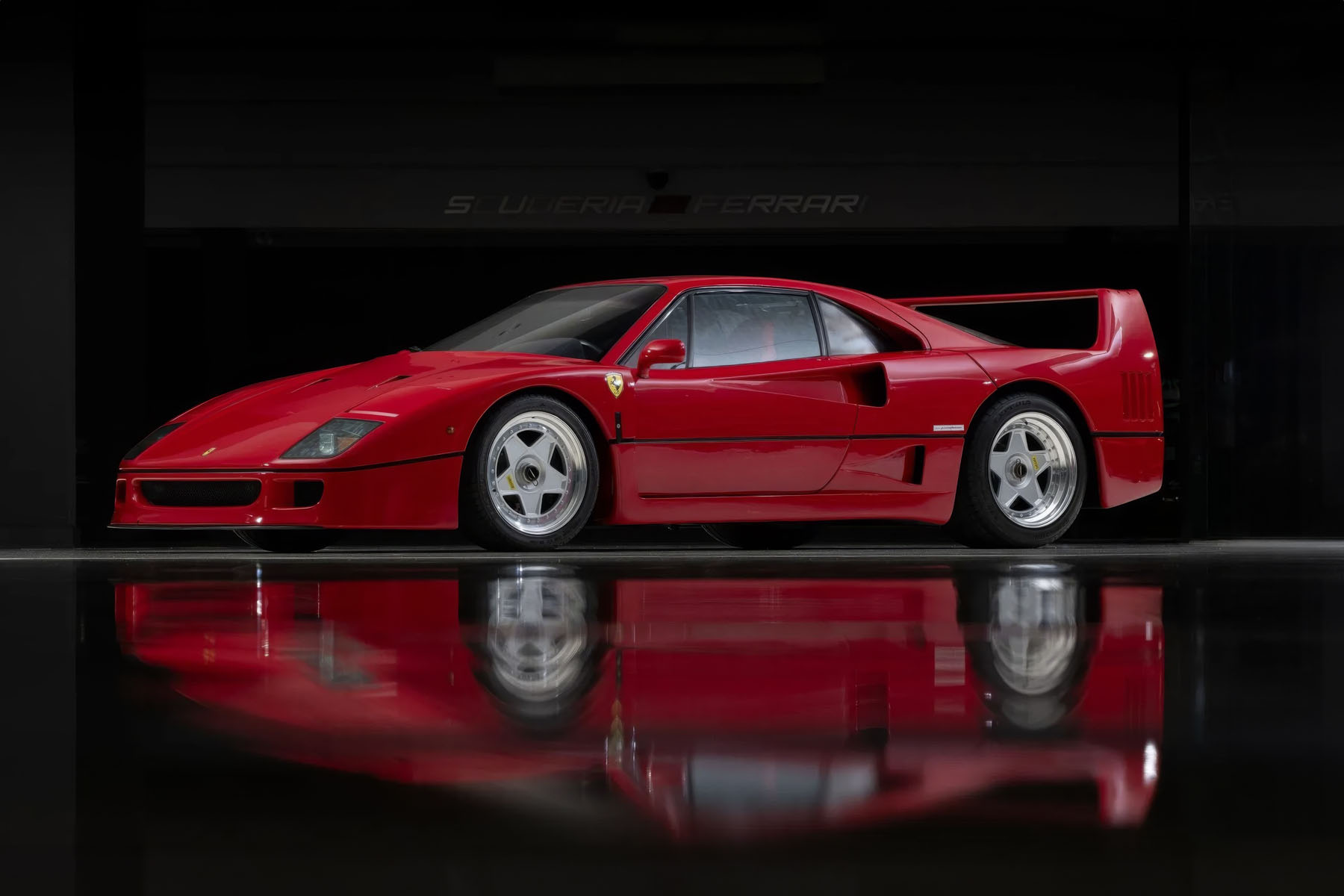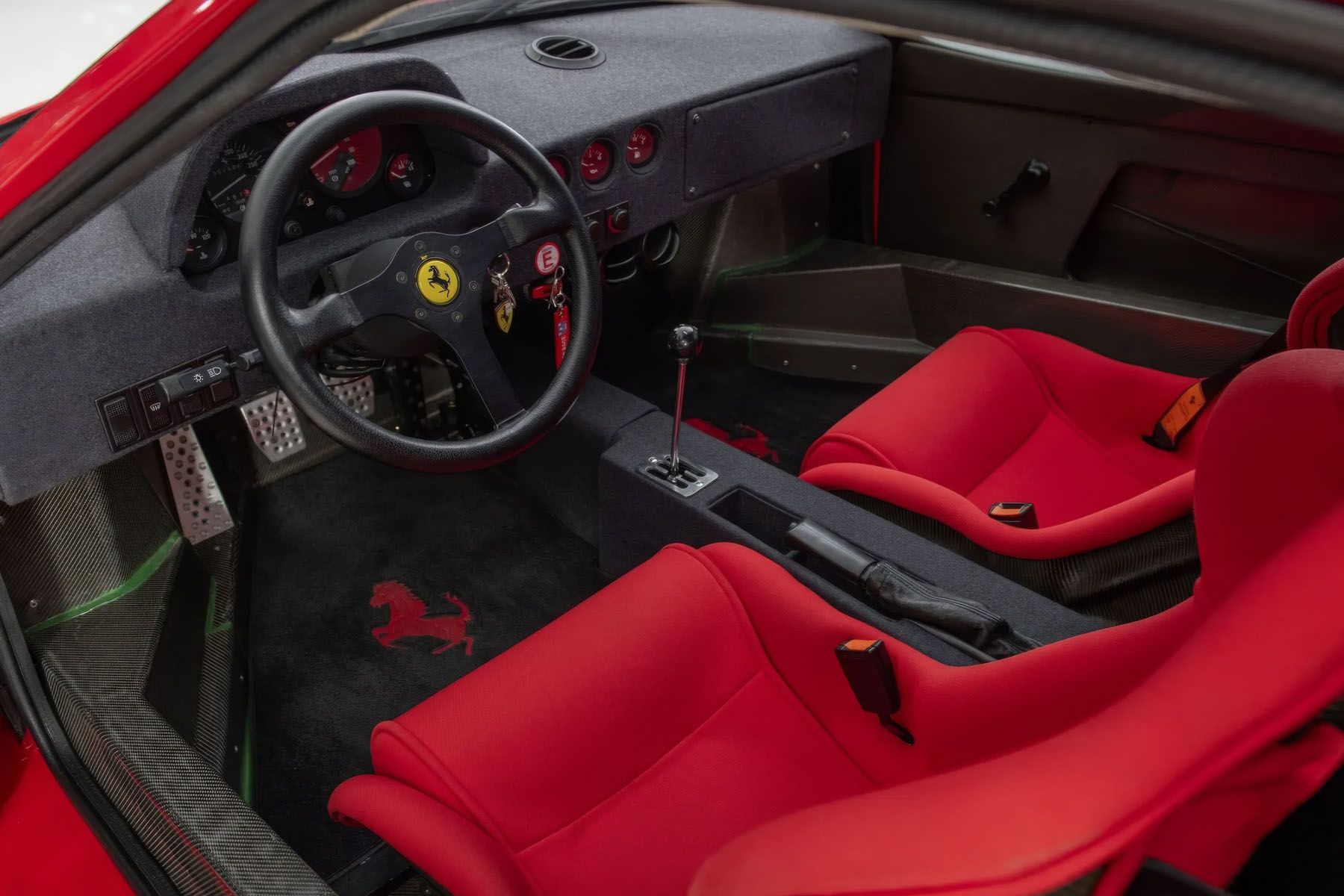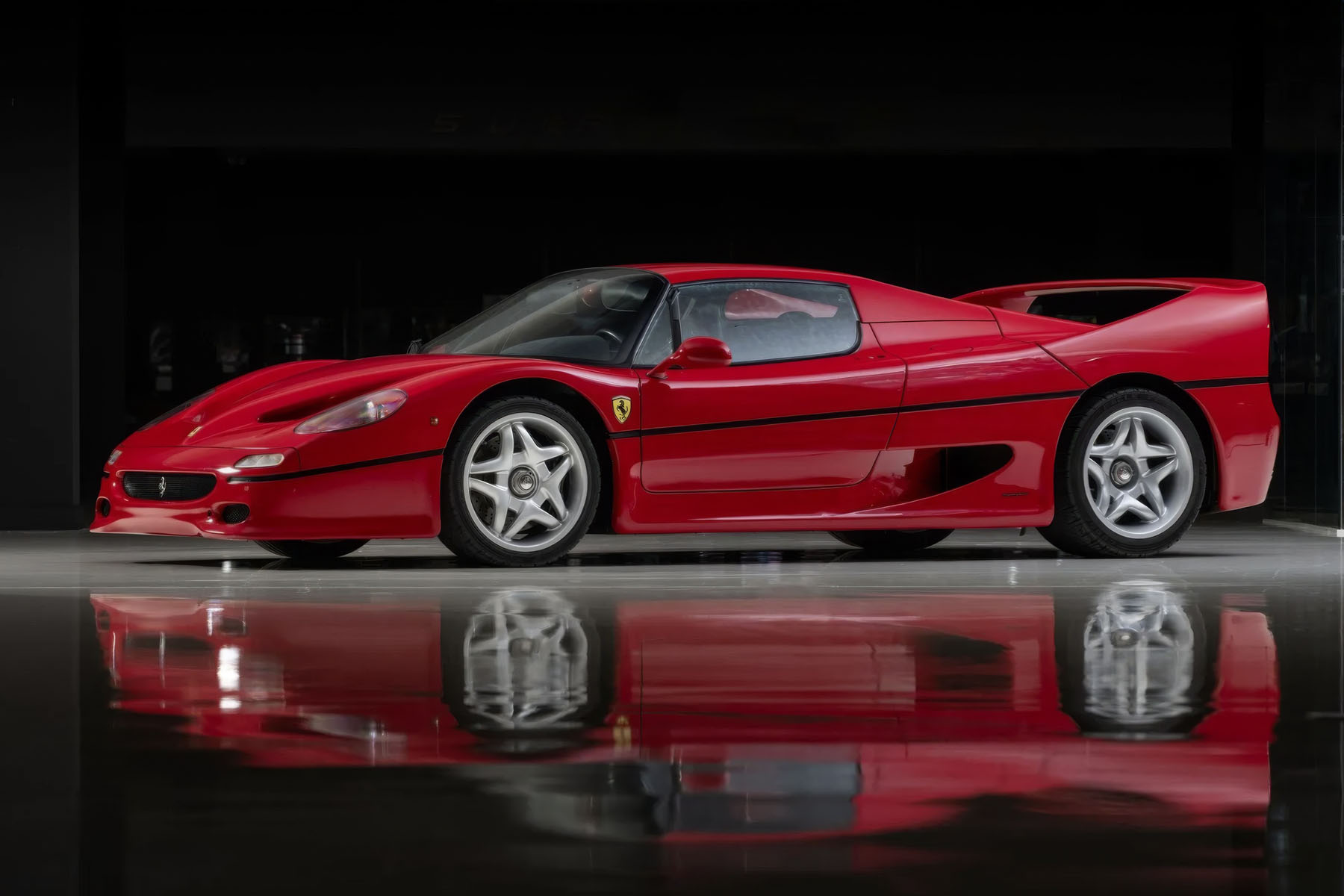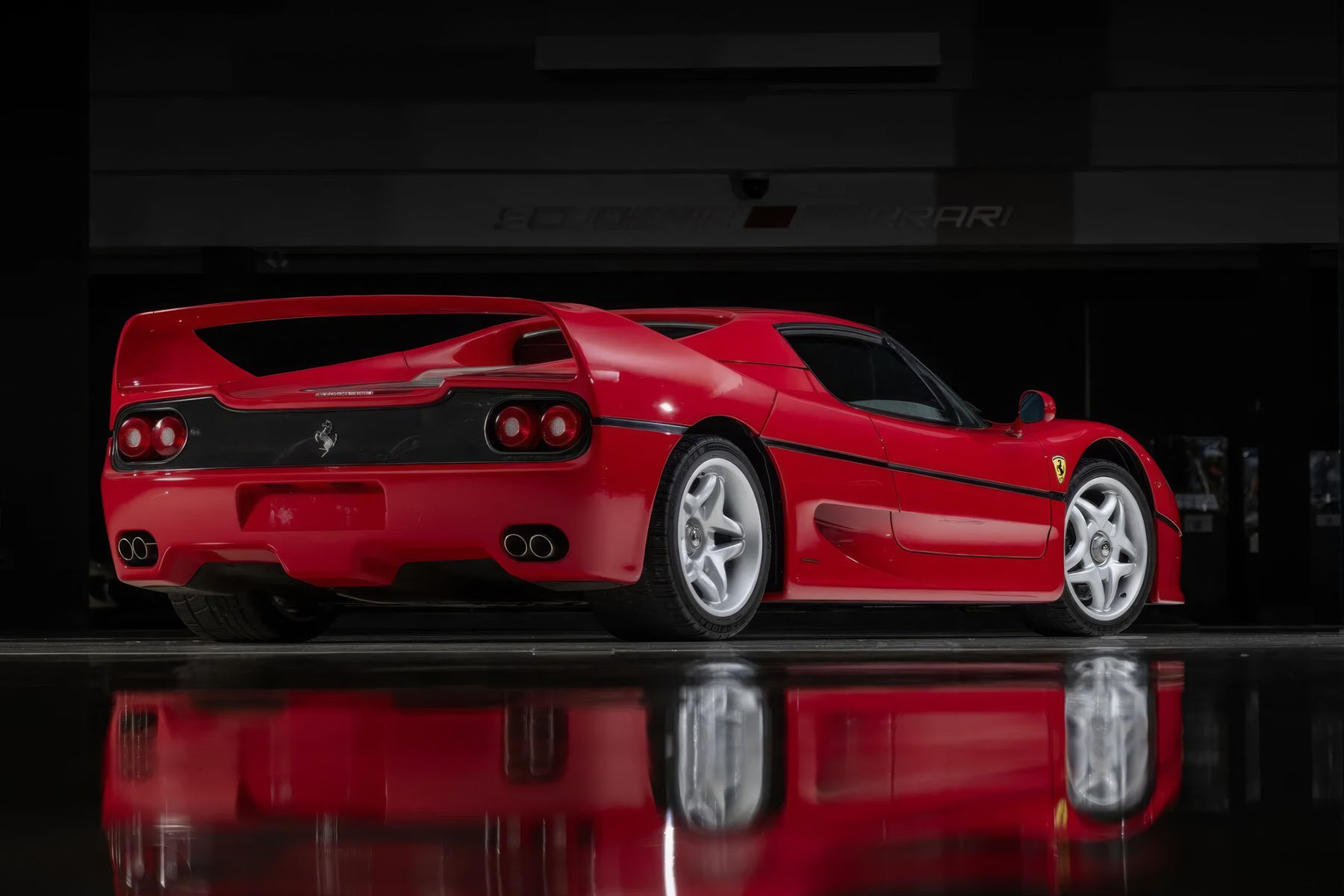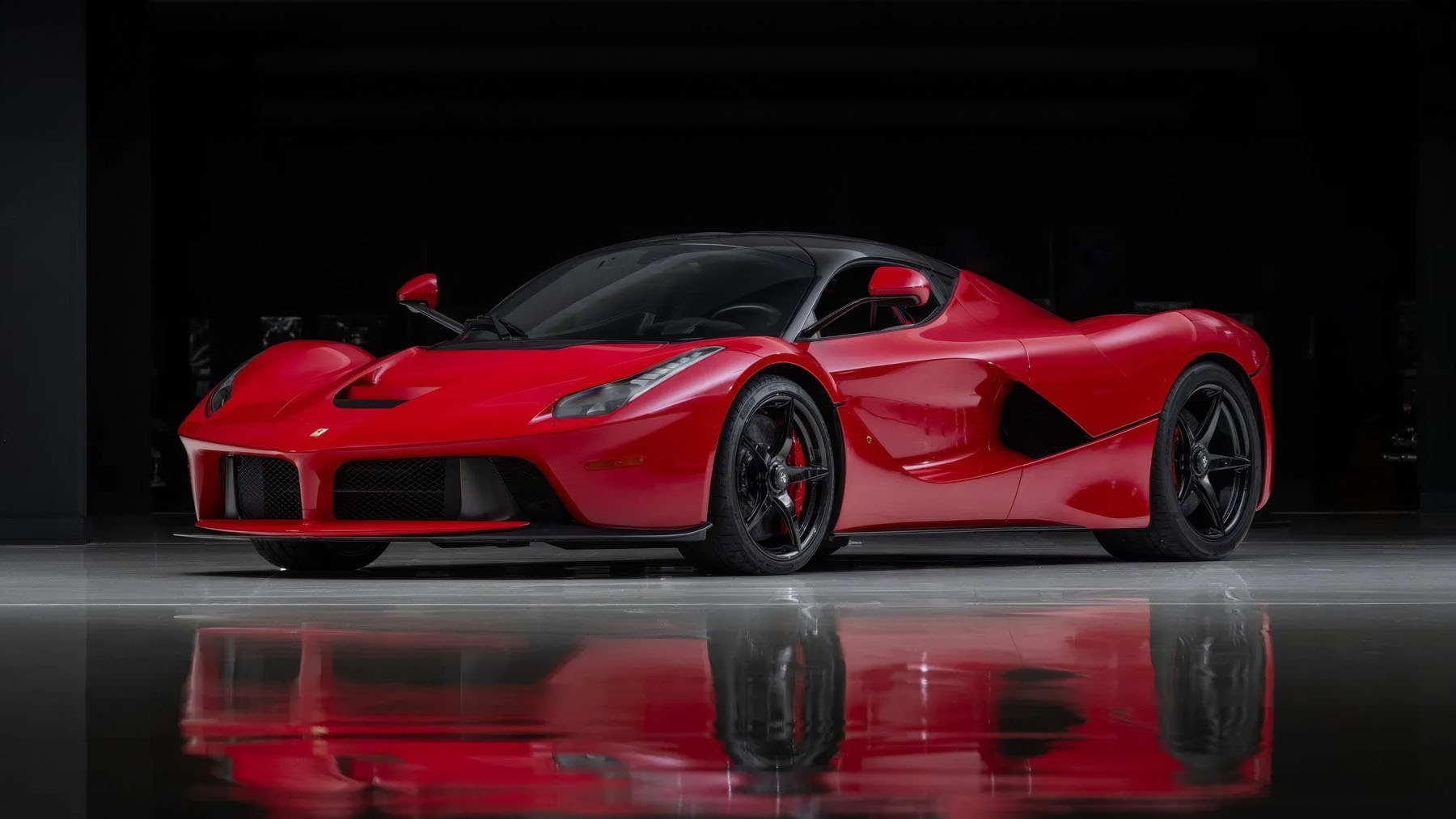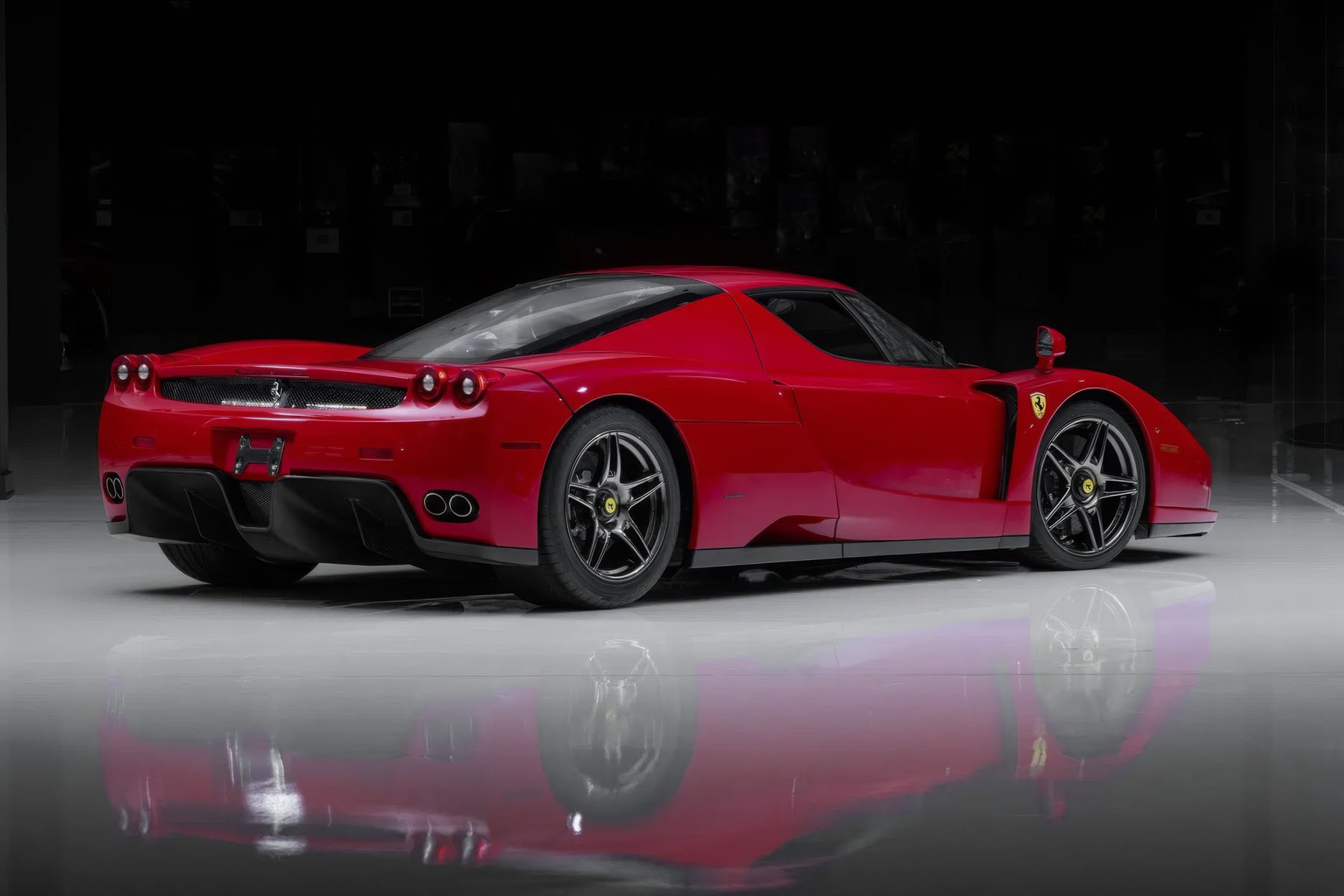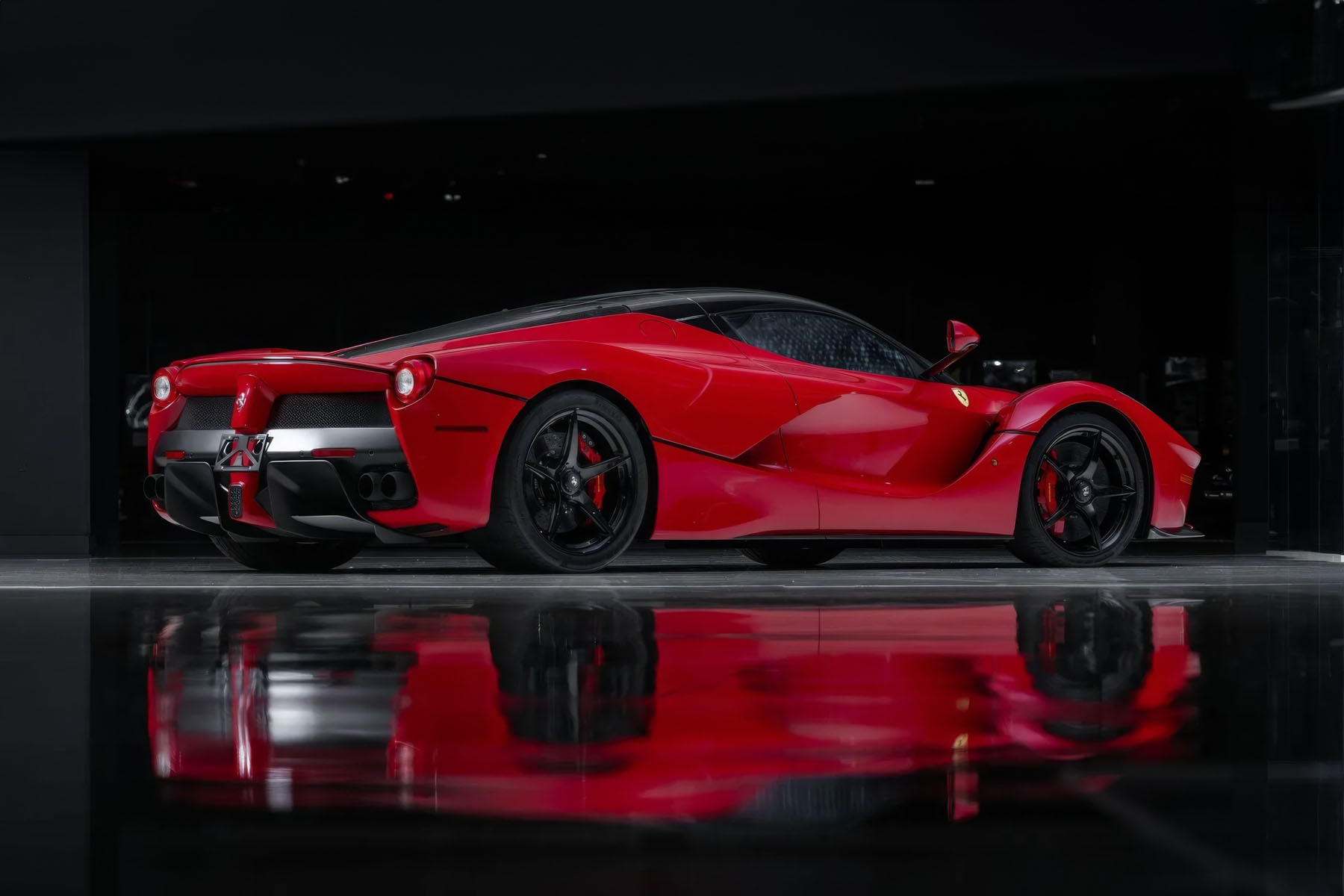The evolution of Ferrari supercars marks a significant journey in automotive innovation, beginning with the 288 GTO. Launched in 1984, the 288 GTO introduced advanced aerodynamics and turbocharged performance, setting a new standard for speed and design. The F40, introduced in 1987, continued this legacy, becoming the first production car to break the 200-mph barrier, thanks to its lightweight construction and potent twin-turbo V8 engine. In 1995, the F50 refined the supercar formula with F1-inspired technology, including a naturally aspirated V12 and a carbon fiber monocoque, enhancing both performance and handling.
The Enzo, introduced in 2002, pushed supercar limits further with its innovative use of composite materials, active aerodynamics, and a formidable V12 engine, marrying technology with tradition. The LaFerrari, unveiled in 2013, represents the pinnacle of Ferrari’s engineering prowess, incorporating hybrid technology to deliver unparalleled performance, making it not only a testament to Ferrari’s past but also a beacon for its future in supercar development.
Ferrari 288 GTO
As the halo Maranello product of its era, the Ferrari 288 GTO was the quintessence of the word “awesome”, challenging the Porsche 959 and Lamborghini Countach for the abject devotion of salivating teenage boys worldwide. Originally devised for racing, the 288 was for all intents and purposes a hot-rod version of the 308 model; extended in physical dimensions, equipped with a twin-turbocharged V-8 engine, refined with racing-specification components, and adorned with a new flared-fender, spoilered version of Pininfarina’s iconic coachwork.
Highlights
- One of 272 examples built; the cornerstone of the “Big Five” Ferrari hypercar dynasty
- Benefits from 26 years of single-owner care followed by ownership by renowned five-time Ryder Cup-winning professional golfer Ian Poulter
- Certified as a matching-numbers chassis, engine, and gearbox example with a Ferrari Classiche Red Book and corresponding Certificate of Authenticity
Ferrari F40
Unveiled at the 1987 Frankfurt Motor Show to celebrate Ferrari’s 40th anniversary, the F40 evolved from the 288 GTO Evoluzione, which was developed to compete in Group B at the 24 Hours of Le Mans. An uncompromising racer for the road, the Ferrari F40 dispensed with anything superfluous to driving pleasure—its ethos was closer to the 250 GTO than its contemporaries, the 328 and Testarossa. The dashboard was trimmed in stark gray cloth, while many surfaces on the interior were left bare. Likewise, there were no interior door handles, the seats were thinly upholstered, and early cars had polycarbonate windows.
Highlights
- Desirable “non-cat, non-adjust” mid-production example of one of the 20th Century’s greatest cars
- Impeccably preserved and maintained, showing only 1,606 km (~998 miles) at cataloging time
- Well-documented with Ferrari Classiche Certificate of Authenticity and Red Book; retains numbers-matching chassis, engine, and gearbox
Ferrari F50
The Ferrari F50 is widely considered to be one of Maranello’s most expressive modern hypercars, combining 1950s-style aesthetics with competition-developed performance technologies. Starting with a lightweight carbon fiber tub, Pininfarina mounted curvaceous new coachwork molded from carbon fiber, Kevlar, and Nomex honeycomb. A new naturally aspirated 4.7-liter V-12 was dropped into this spectacular marriage of body and chassis in a mid-rear architecture that ensured optimal weight distribution. The type F130B engine began life in Ferrari’s 1992 Formula One car before undergoing further development in the 4-liter 333 SP sports car, which won numerous driver’s and constructor’s championships in IMSA GT and FIA sports car racing. The high-compression V-12 developed 513 horsepower and 347 pound-feet of torque, capable of launching the F50 to 60 mph from a standstill in just 3.6 seconds, while achieving a top speed of 202 mph.
Highlights
- European-spec car delivered new via Garage Francorchamps in Belgium and originally owned by a Monaco-based collector for 13 years
- Driven 20,910 km (~12,993 miles) at cataloging and, importantly accompanied factory-issued flight case for the removable hardtop; certified in 2015 by Ferrari Classiche to retain its numbers-matching chassis, engine, and transaxle
- Documented with Ferrari Classiche Red Book, certificate of origin copy, former bills of sale and registrations, MOT test certificates, service/maintenance invoices, and a history by marque expert Marcel Massini
Ferrari Enzo
True to di Montezemolo’s promise of Ferrari’s next Supercar, the Enzo’s external design mimics the shape of an open-wheel race car, though as if wrapped in a skin extending over the fenders and cockpit. Aerodynamically perfected in Pininfarina’s wind tunnel, the body is comprised of panels woven from carbon fiber and Kevlar. Nineteen-inch alloy wheels anchored by 15-inch Brembo carbon-ceramic disc brakes and unique scissor doors, respectively, complete the Enzo’s chassis and cabin, finishing a car that remains highly technological and endlessly fascinating.
Highlights
- The very first Enzo shown on North American soil debuted by Ferrari at the 2003 Cavallino Classic
- US-spec car delivered new to the Caiola family, among the marque’s inner circle of preeminent VIPs
- Just three owners from new, and driven 5,349 miles (8,607 km) at the time of cataloging; $50,000 of servicing invoices on file under current ownership
Ferrari LaFerrari
The LaFerrari is built around a competition-worthy, arrowhead-shaped carbon-fiber tub structure, and as such, the model benefits from a lower ride height and center of gravity than even the radical Enzo. The car’s F1 cockpit-style seating position even features sills built into the front-hinged, scissor-type doors, while leather and Alcantara seating surfaces are mounted directly to the floor and rear firewall. Accordingly, the pedals are adjustable, and the seat is custom-padded for each individual buyer. Breaking from tradition, the LaFerrari’s high-tech chassis is clothed in evocative bodywork styled by an in-house design team headed by Flavio Manzoni and constructed from carbon-fiber composite. LaFerrari coupe production was limited to just 499 units worldwide (one additional coupe was ultimately built and auctioned for charity, making for an even 500).
The heart of LaFerrari is a mid-rear-mounted, 6.3-liter V-12 engine directly lifted from the developmental FXX model. With an absurd compression ratio of 13.5:1, the V-12 developed 789 horsepower, redlining at a whopping 9,250 rpm. The 516 pound-feet of torque arrives relatively high, just shy of 7,000 rpm. An electric motor derived from the company’s Formula One Kinetic Energy Recovery System (KERS) was installed in the rear, adding 161 horsepower, greatly improving response and acceleration at lower rpms. Power was routed directly to the rear axle alone, while a seven-speed dual-clutch transaxle managed gear changes.
Highlights
- Just two owners from new Canadian-market car delivered new to Ferrari of Alberta
- Presented in the model’s signature color combination of Rosso Corsa over Pelle Neri leather and desirably specified with Scuderia fender shields, black wheels, red calipers, exterior exposed carbon trim
- Currently indicates just 2,842 km (~1,766 miles) at time of cataloging, and accompanied by Ferrari Yellow Book
Dare to Dream Collection
For those able to afford such Italian rarities, RMSotheby’s will hold its Dare to Dream auction 31 May through 1 June 2024 in the collection’s home, a 17,000 square foot exhibition space in the heart of Toronto, Canada, the week prior to the Formula 1 Grand Prix du Canada in Montreal, making for a convenient and perfect setup for a car and racing enthusiast week-long getaway.
For more information, go HERE
All content © 2024 RMSotheby’s


